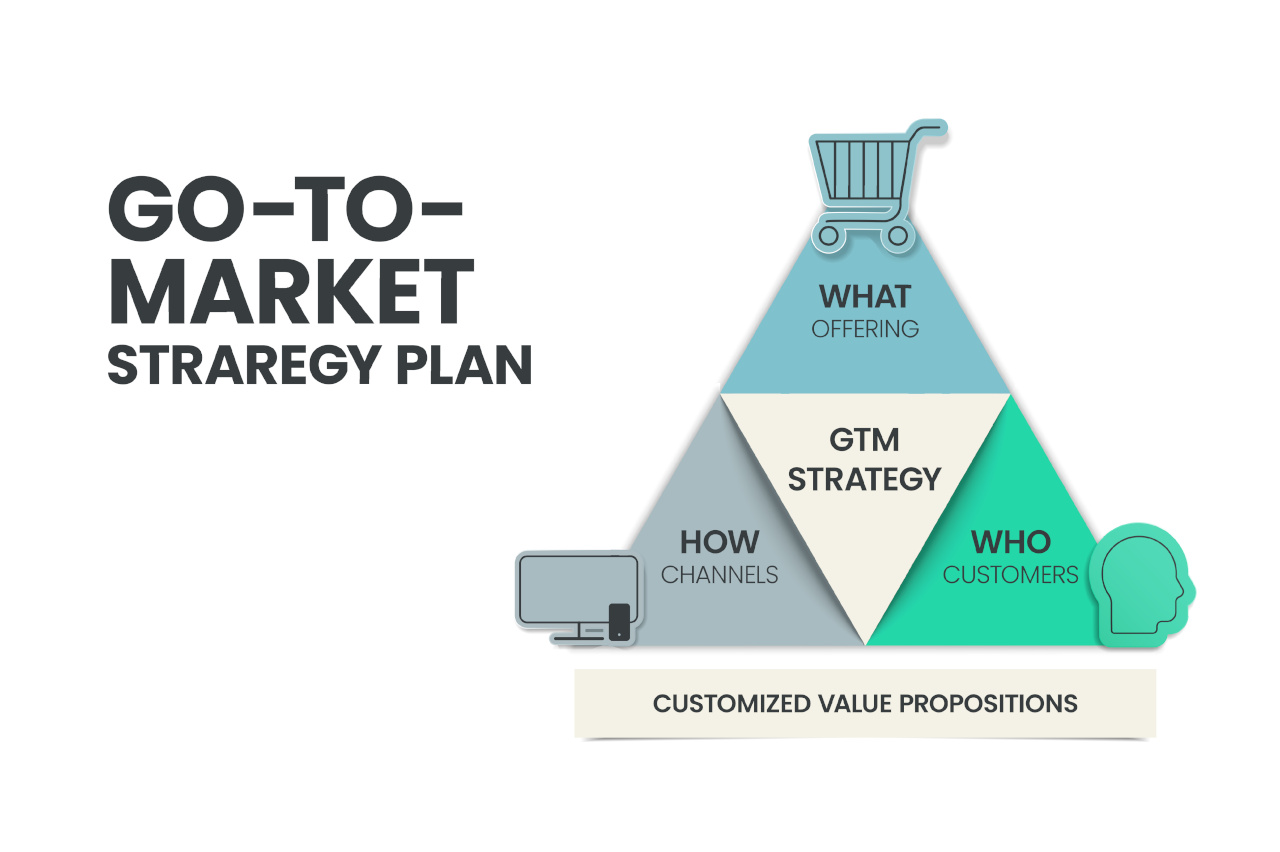Managed Service Providers face numerous challenges in maintaining efficient, cost-effective operations while delivering high-quality services to their clients. One strategic solution is to outsource certain operations, which can provide access to skilled labor, reduce operational costs, and improve service delivery. When it comes to outsourcing, choosing the right billing method is crucial. MSP Scalerz gives you a choice between two common pricing models: the hourly rate model and the monthly fixed price model. Here, we discuss their advantages, disadvantages, and help you decide which model suits your needs best.

1) Understanding the Pricing Models
1.1) Hourly Rate Model
Under the hourly rate model, you would pay for the actual time spent by outsourced personnel on your projects. Billing rates are predefined based on the skill level of the personnel engaged and the complexity of the tasks they perform.
How It Works 1) The outsourced personnel fill in a time sheet every week, detailing the hours worked on each of your projects. 2) You approve the time sheet. 3) MSP Scalerz bills you every month, based on these hours and the agreed-upon hourly rate.
Pros 1) Flexibility: You can scale your workforce up or down based on current needs without long-term commitments. 2) Transparency: Detailed logging of hours provides clear insight into what you are paying for. 3) Direct Control: You can manage the outsourced personnel as needed, adjusting their tasks and priorities. 4) Enables Fractional Hiring: With an hourly rate, you can get techs on a part time basis. This is especially useful for one-off or recurring project work where the a full time engagement is not needed.
Cons 1) Variable Costs: Monthly expenses can fluctuate, which makes budgeting more challenging. 2) Oversight Required: You may need to spend time managing the outsourced personnel.
1.2) Monthly Fixed Price Model
This model involves a flat fee for services rendered over a month. This fee is based on an estimate of the time and resources needed to handle the projected workload, including management of specified operations or delivery of agreed-upon service levels.
How It Works 1) MSP Scalerz assesses your needs and estimates the effort required to meet those needs. 2) A fixed monthly price is set for the agreed-upon services, irrespective of the actual time or resources used.
Pros 1) Predictable Costing: Makes budgeting easier as the cost remains constant regardless of the work done. 2) Simplicity: Fewer variables to manage, which simplifies administration.
Cons 1) Less Flexibility: Changes in scope or additional services can require contract renegotiations. 2) Potential for Over/Underestimation: Fixed fees are based on estimates, which can occasionally be inaccurate, leading to the need for adjustments. 3) Less Control: You might feel that you less direct control over day-to-day activities since you are paying for outcomes, not specific hours worked.
2) Criteria for Choosing a Pricing Model
Do consider the following criteria when selecting a pricing model:
1) Volume and Predictability of Work: If the volume of work fluctuates significantly, the hourly rate model may provide the necessary flexibility. For predictable workloads, a fixed price model might be more economical. 2) Budget Stability: If you need predictable budgeting, a fixed price model would better suit your needs. 3) Control Over Outsourced Tasks: If direct oversight and control over the outsourced personnel are required, the hourly rate model is preferable. 4) Risk Appetite: The fixed price model transfers more risk to MSP Scalerz. This can be advantageous for you if you want to minimize your risk exposure.
3) Recommended Pricing Model for Most MSPs
While the best choice depends on specific needs and circumstances, many MSPs might find the hourly rate model advantageous to start off with, and then transition to the fixed price model. This gives you the following advantages:
1) Define your processes during the hourly rate Phase: The initial hourly rate phase gives you an opportunity to clearly define and implement your processes with the outsourced personnel. 2) Transition: Once you are satisfied that the outsourced personnel have understood the operations to a sufficient level of detail, you can allow them to run on their own for a while with reduced supervision. 3) Enjoy the Fixed Monthly Price Phase: After a successful transition, both you and the outsourced personnel have a good rapport built up. You can now transition to the monthly fixed price model, and focus on your core business.
Summary
Ultimately, MSPs should closely assess their specific operational needs, financial preferences, and strategic goals when choosing between these models. MSP Scalerz offers you the opportunities to customize the chosen model and align the services with your objectives to further enhance the benefits.
In conclusion, understanding the nuances of each pricing model enables you to make informed decisions that align with your operational strategies and financial goals. By carefully considering your unique requirements and the pros and cons of each model, you can select a pricing strategy that optimizes your operations and supports sustainable growth.














